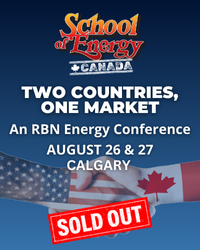After 19 years of natural gas production from the waters off the Canadian Maritime provinces, ExxonMobil, operator of the Sable Offshore Energy Project, shut down production there effective January 1, 2019. Though the closure had been announced well in advance, the end of SOEP output has left the two natural gas-consuming provinces in the region, New Brunswick and Nova Scotia, without any indigenous gas supplies. It’s also made them fully reliant on either pipeline gas from the U.S. Northeast and Western Canada or imported volumes of LNG into the Canaport Energy terminal in New Brunswick. Will the shutdown put even more stress on the already overtaxed gas pipeline system in New England? And will it spur increased flows of Western Canadian gas into northern New England and the Maritimes? Today, in Part 1 of this blog series, we begin an examination of the potential impacts of SOEP’s demise on New England and Eastern Canadian gas markets.
Background
Since 1999, natural gas has been produced just offshore Canada’s Nova Scotia province, tapping into gas deposits around Sable Island (see Figure 1). SOEP was developed with the original purpose of not only creating new homegrown gas demand in Nova Scotia and New Brunswick, but exporting natural gas to feed a rapid buildout of gas-fired power generation in the U.S. Northeast and New England markets via the Maritimes and Northeast Pipeline (MNP; green line in Figure 1). MNP, which came online in December 1999, is owned by Enbridge (~77.5%), Emera (~12.9%) and ExxonMobil (~9.6%).
Join Backstage Pass to Read Full Article







